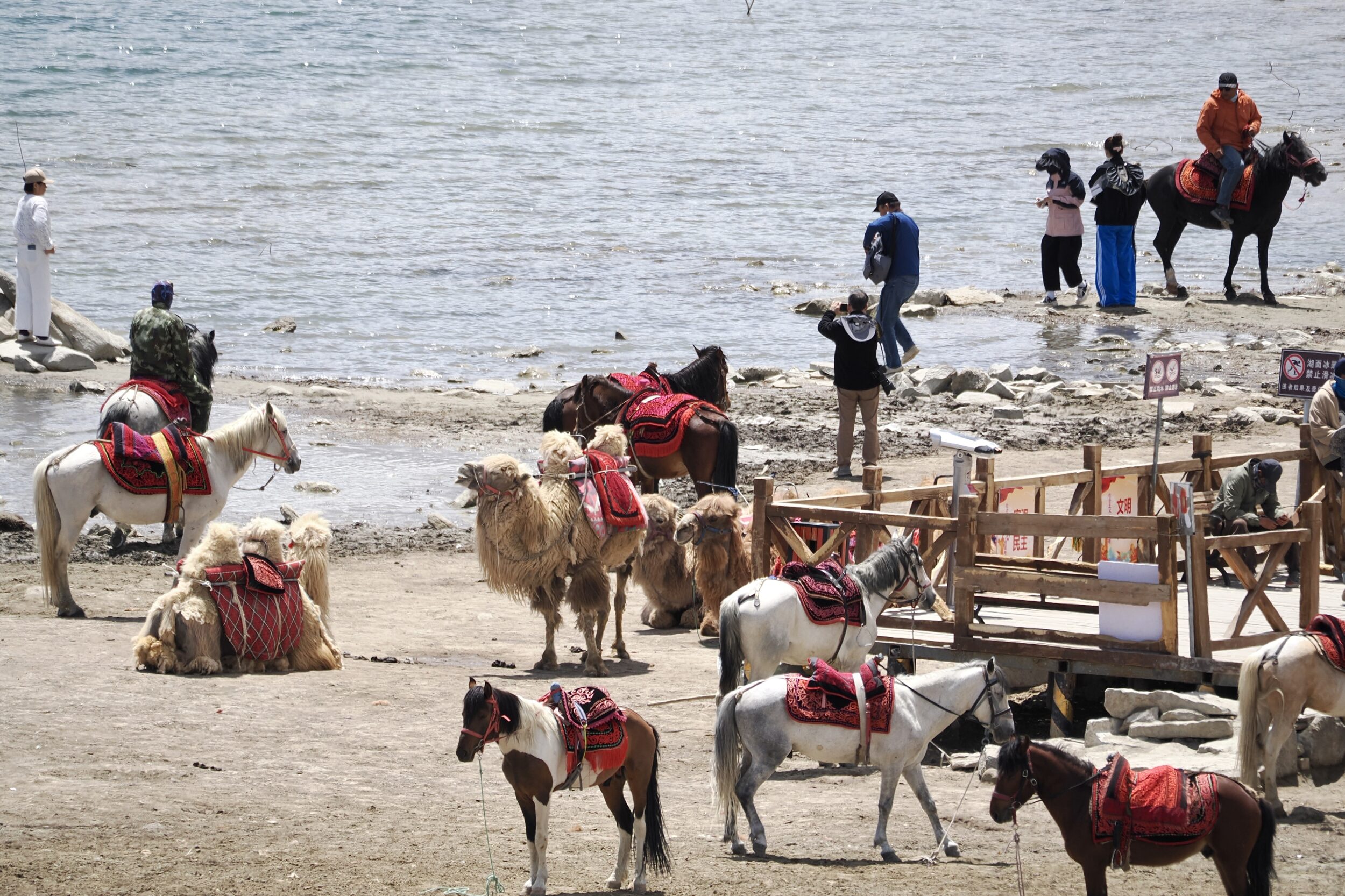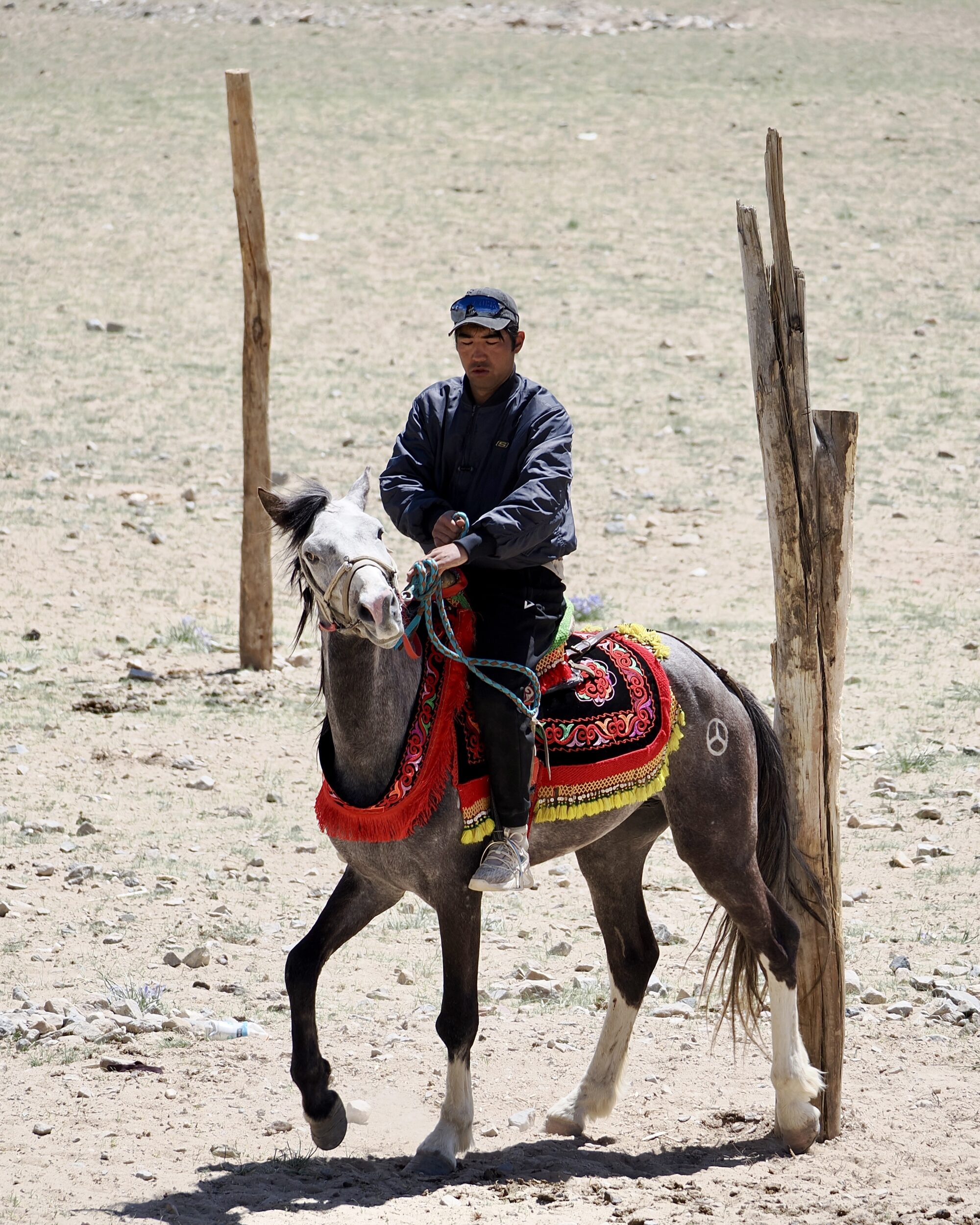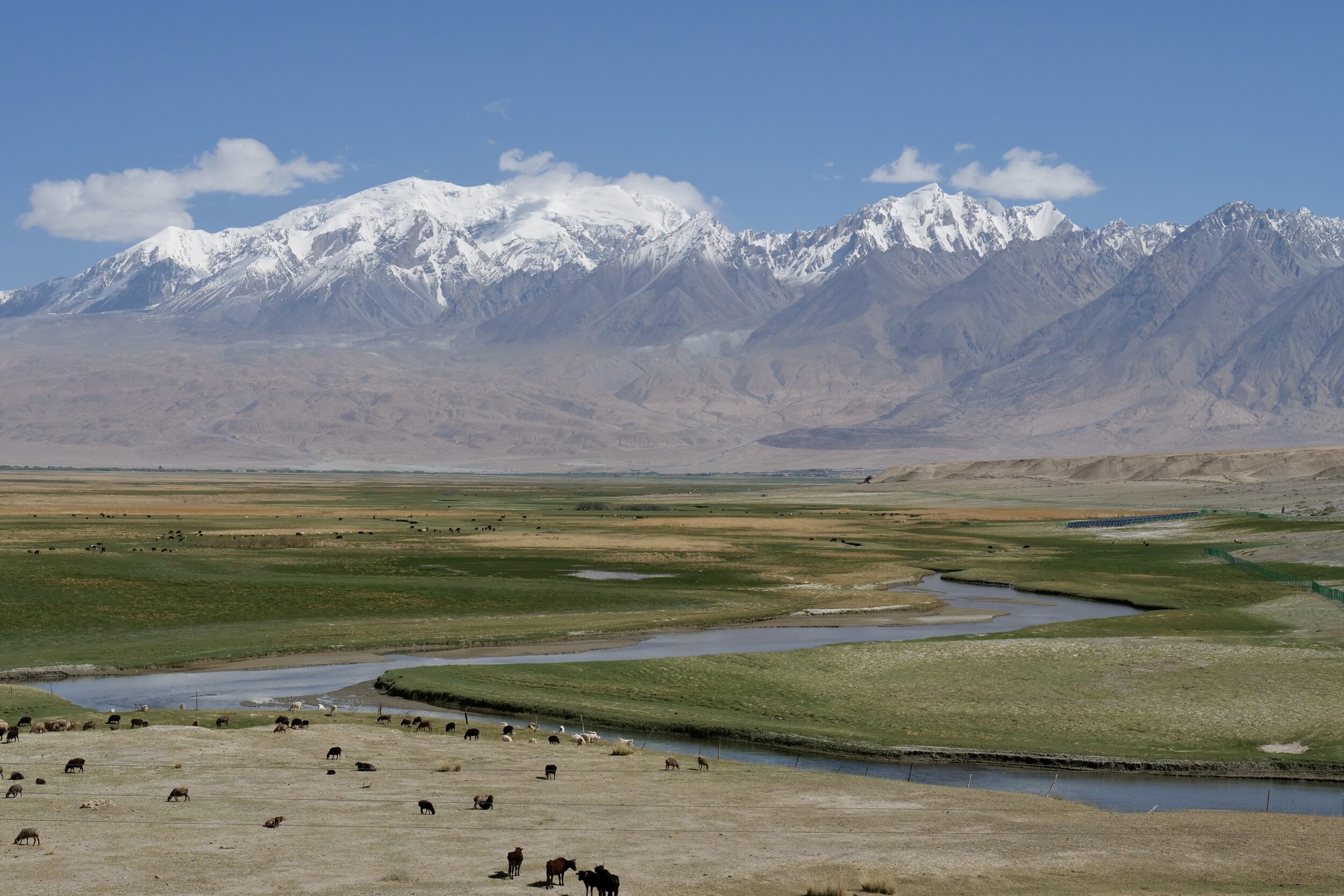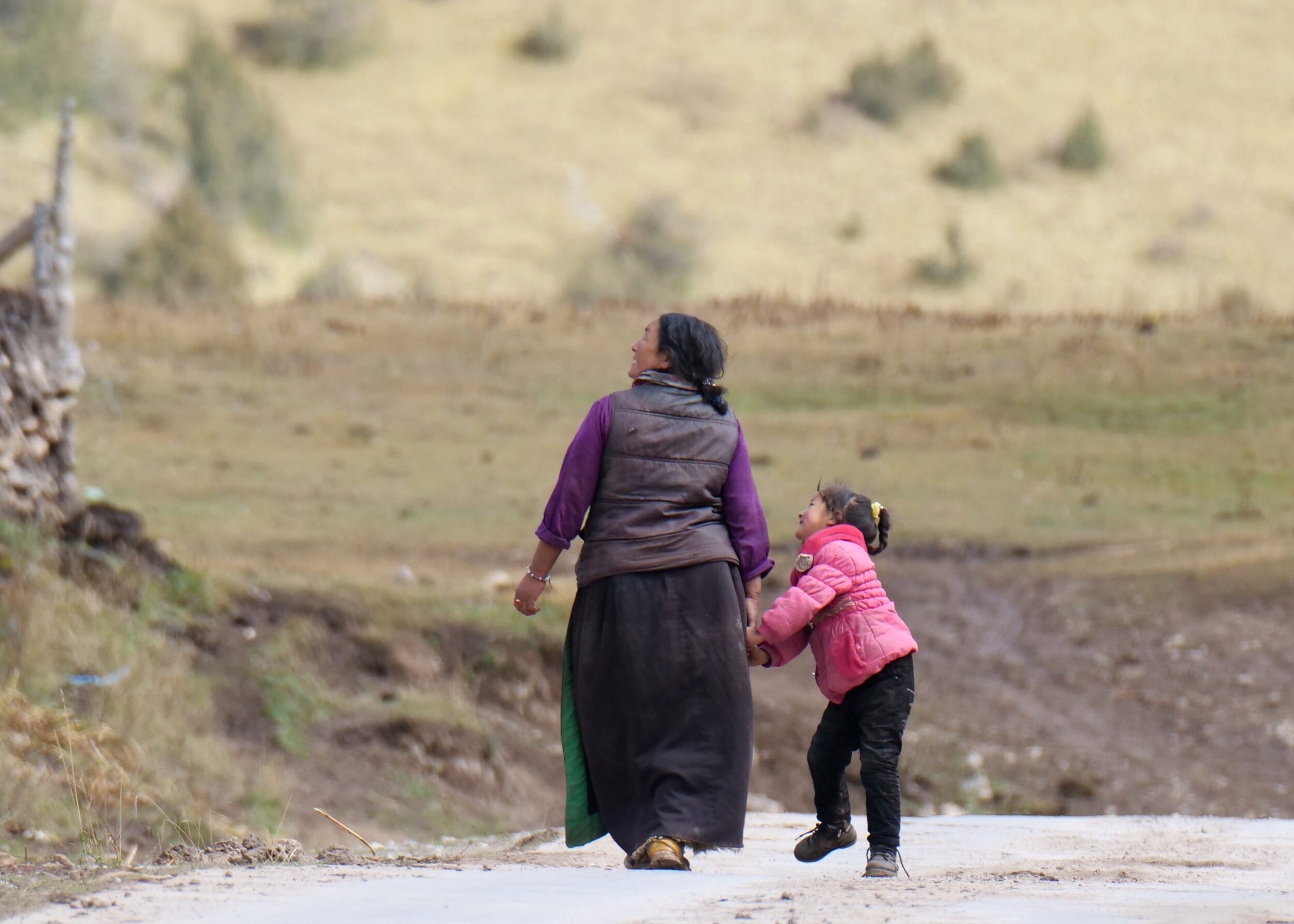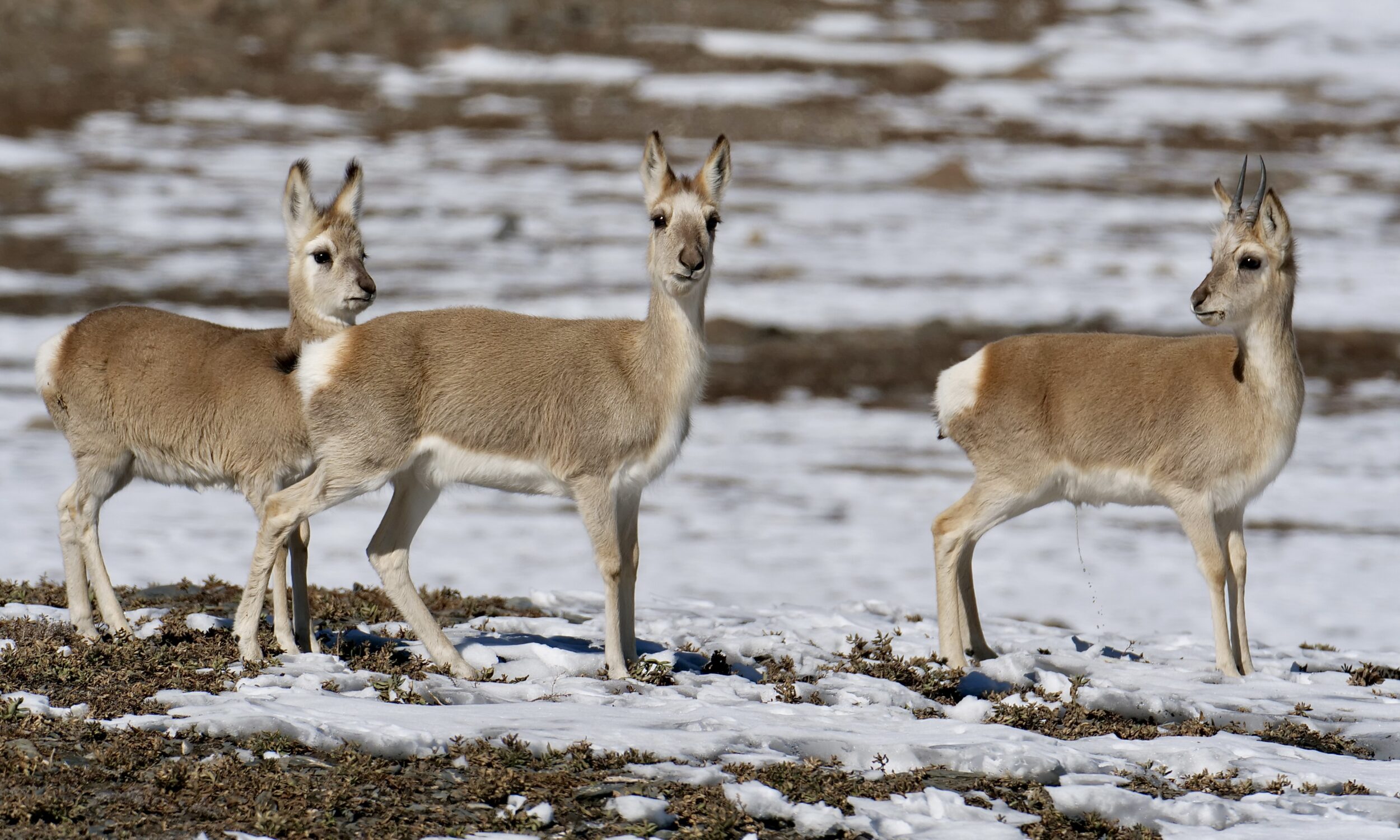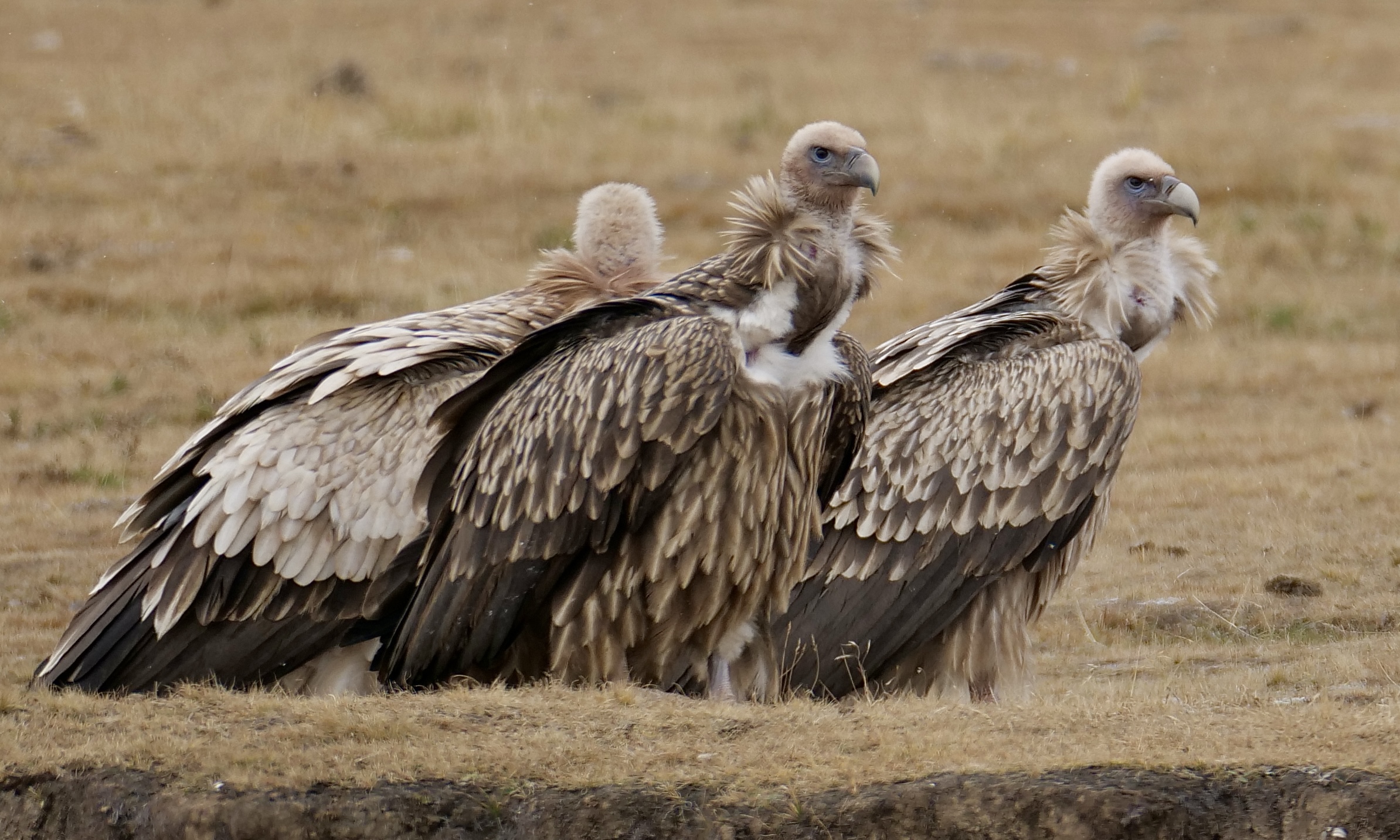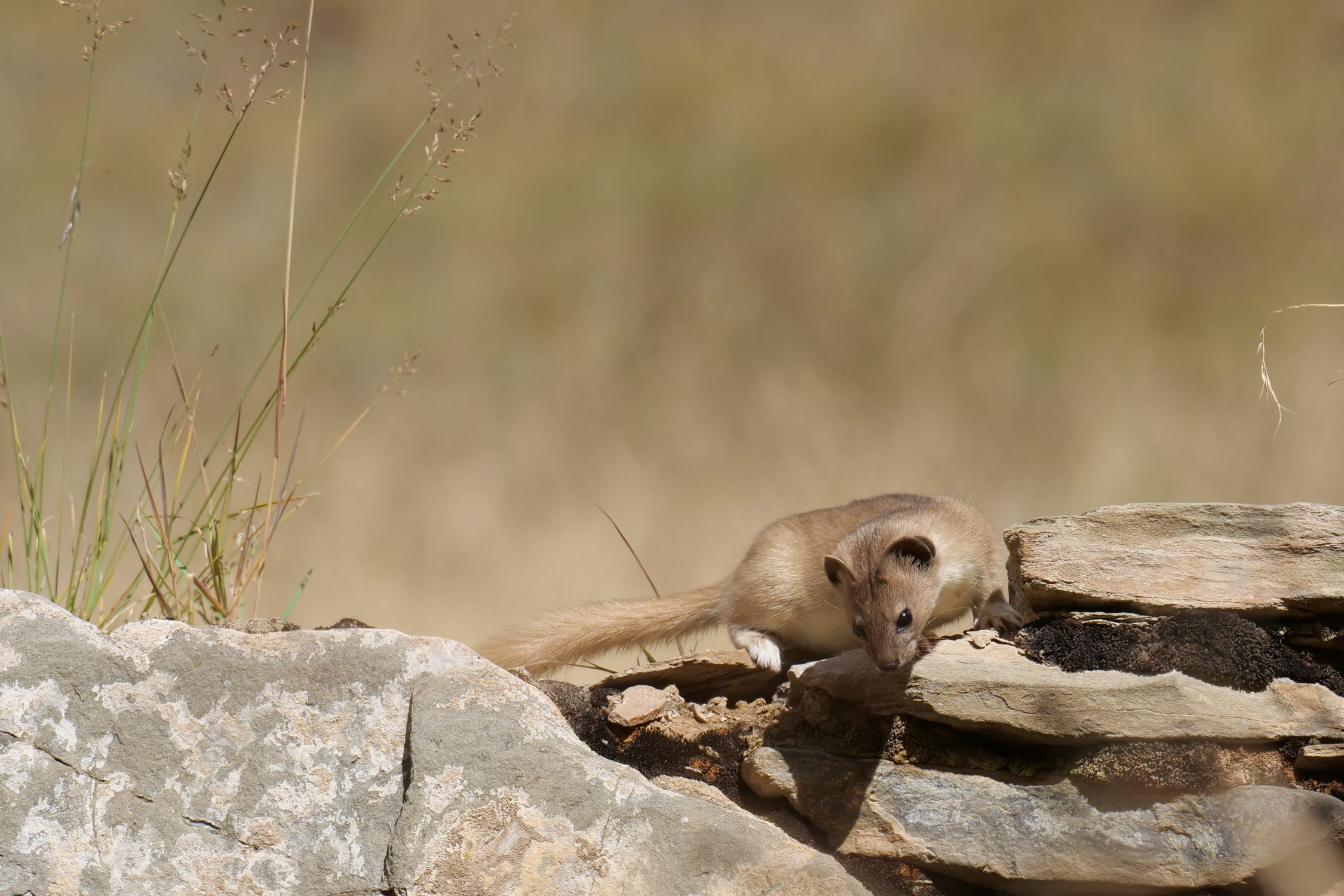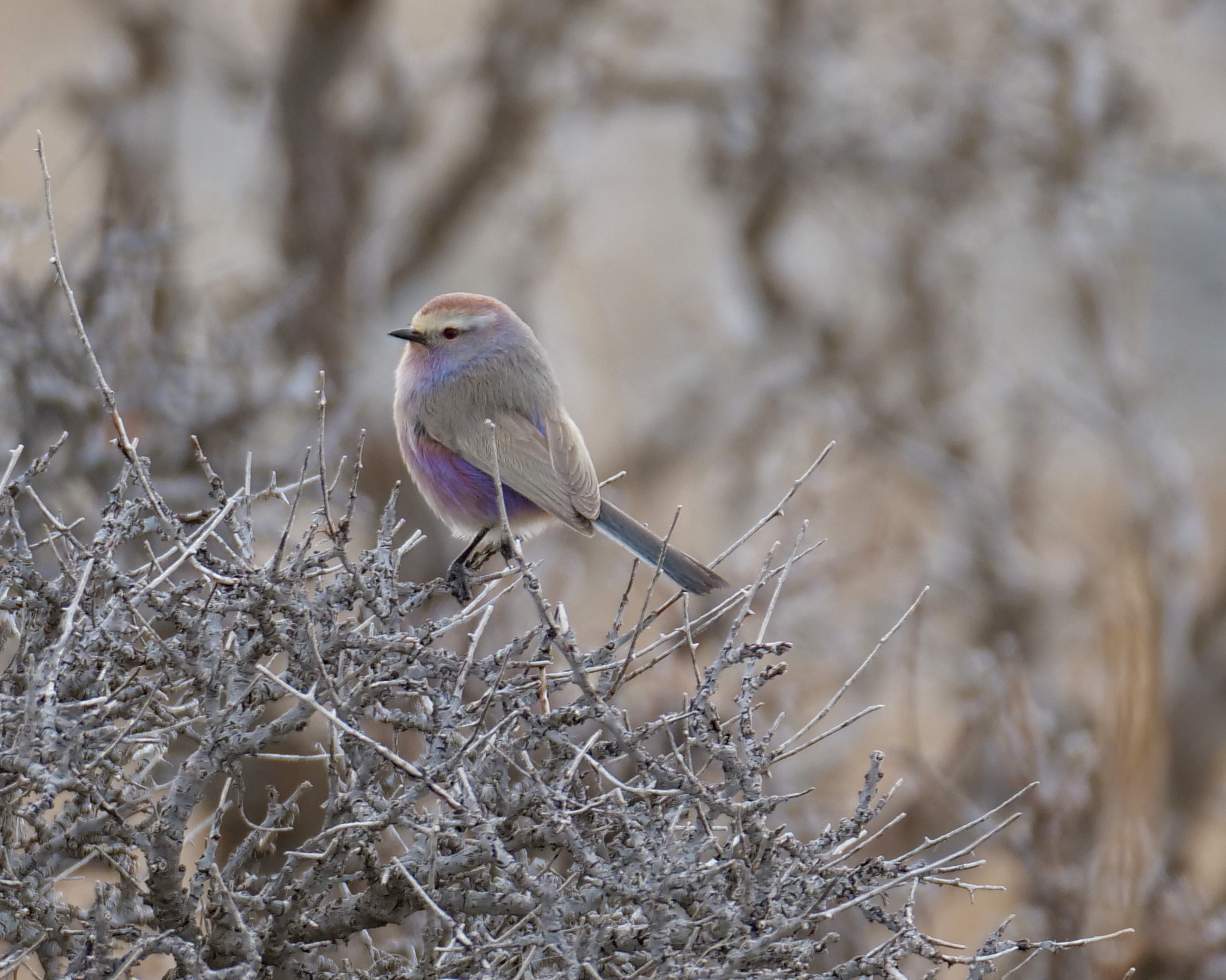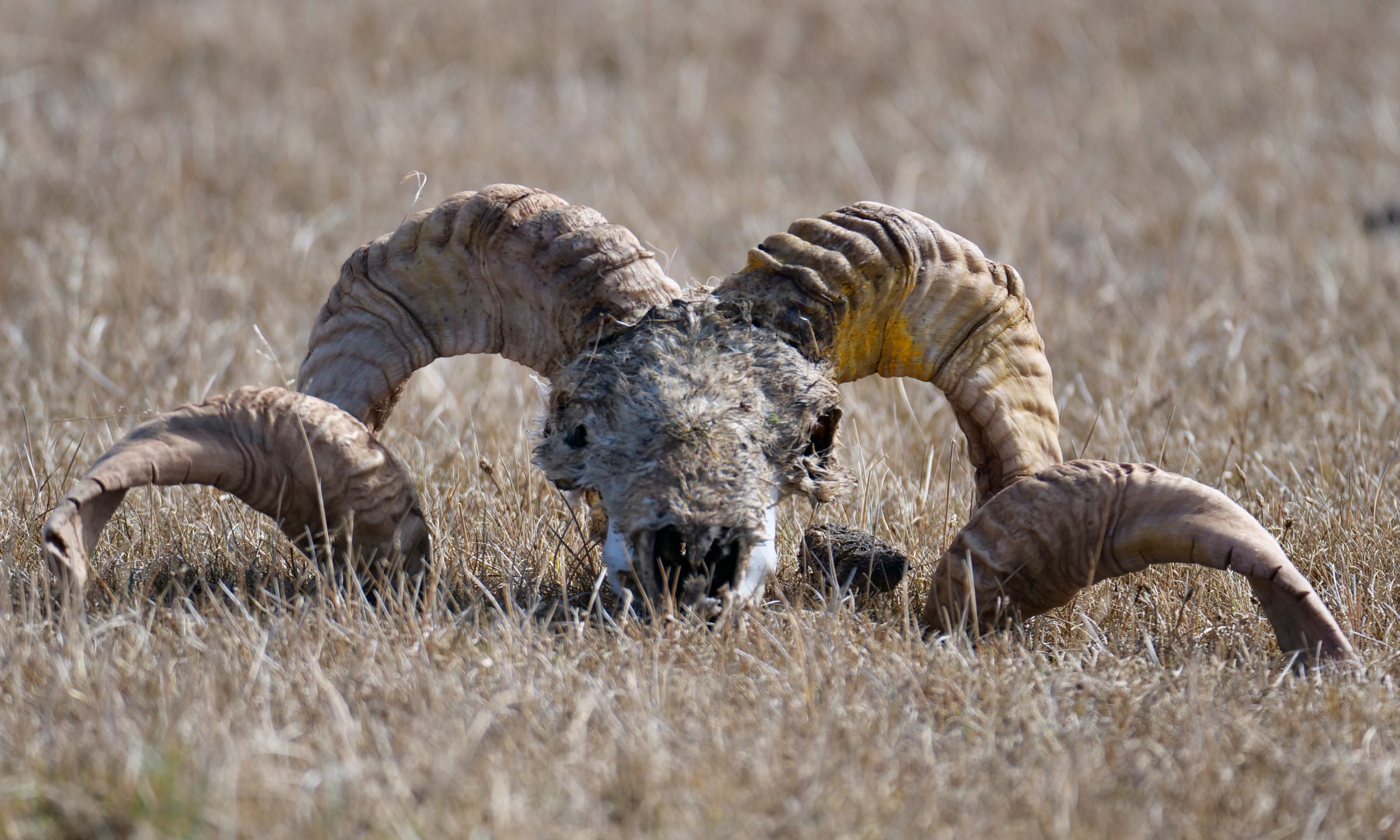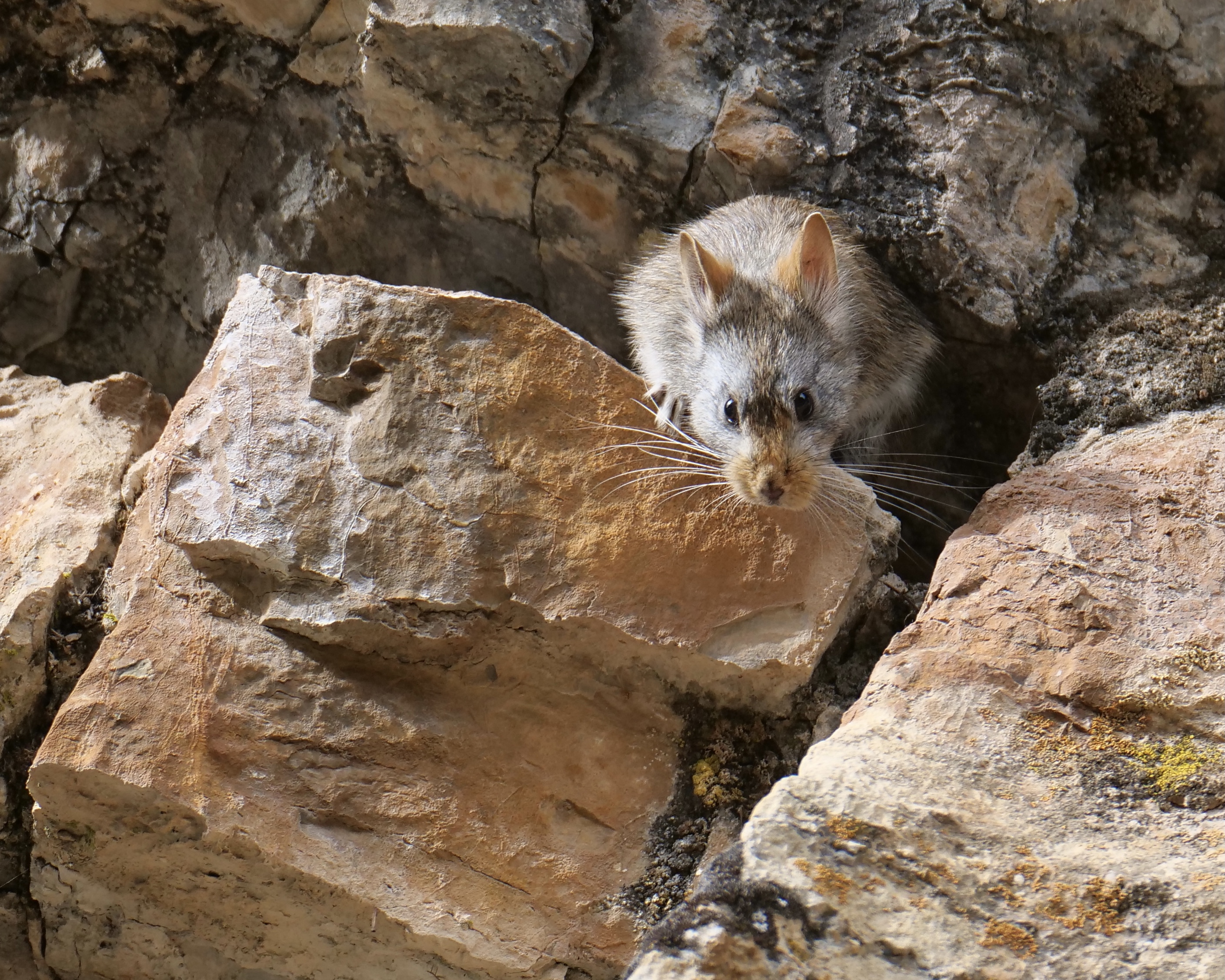Upon reaching the very popular tourist stop beside Karakul Lake – just off the Chinese section of the Karakoram Highway, between Tashkurgan and Kashgar – I understood the purpose of the horse and rider pictured in this series’ previous post.
For the moment at least, they were engaged in the tourism trade, rather than herding.
Comments closed